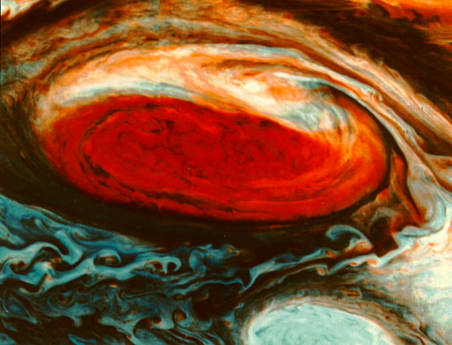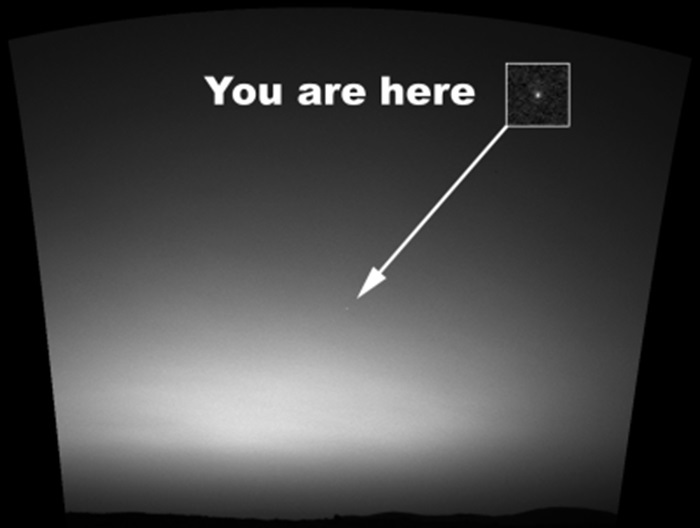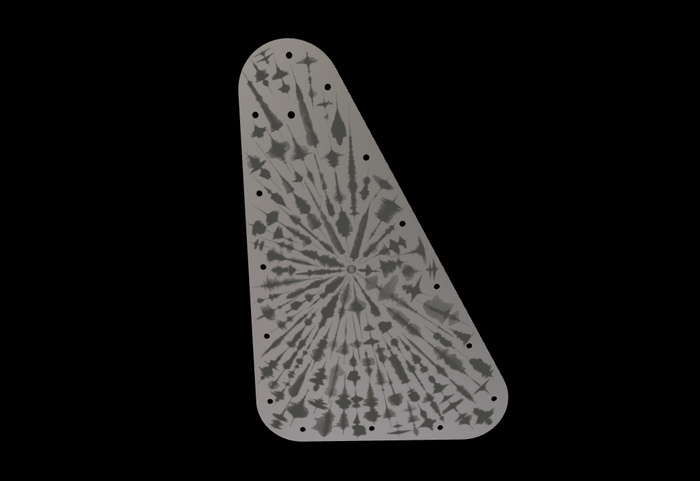It was the first and only spacecraft to look closely at Uranus and Neptune and then crossed the boundaries of the Solar System, diving into interstellar space, from where it continues to send data to Earth: Voyager 1 is a record-breaking mission, which with its
45 years
of activity it holds a unique record in the history of the space age.
Launched on
August 20, 1977
, it is
the longest-lived of spacecraft
and with its twin Voyager 2, launched 15 days later, it is the protagonist of a truly unique mission: both "continue to make surprising discoveries," said the head of the mission Suzanne Dodd, of the Jet Propulsion Laboratory (Jpl) of NASA.
Outline of the objectives achieved by the two Voyager missions (source: NASA, JPL)
In its run through the Solar System, Voyager 1 has reached
historic milestones
: in 1979 the salute to Jupiter and its moons;
in 1981 she dived into a then unknown ring of Saturn and photographed the moon Phoebus;
in 1986 you 'smelled' the atmosphere of Uranus, 'listened' to the planet's magnetic field and discovered some of its moons.
Even today, her data continues to amaze.
In 2016, for example, the discovery of two other moons of Uranus, in addition to the 27 already known, was possible thanks to the data that the probe had captured in 1986, during the close passage to the planet.
False color image of Jupiter's Great Red Spot captured by the Voyager 1 spacecraft in 1979, from a distance of approximately 24,000 kilometers (source: NASA / JPL)
A race in which the two twin probes are chased and challenged continuously, with Voyager 1 reaching Jupiter and Saturn before its companion, while Voyager 2 was the first to approach Uranus and Neptune, sending the images to Earth more detailed than those distant planets, In 2013 Voyager 1 was also the first to enter interstellar space;
its twin followed it six years later, on November 5, 2018. In 2019, the data from Voyager 2 made it possible to discover a hitherto unknown area: the one where the particle wind coming from the Sun meets the interstellar wind.
The Voyager 1 probe in an unknown area on the edge of the Solar System (source: NASA)
If from the extraordinary distances they reached with a technology born in the 70s, the Voyager probes have never stopped sending data to the Earth, the merit goes to the communication system created by NASA for interplanetary missions, the Deep Space Network.
If there are no unforeseen events, the first information on the composition of interstellar dust should also travel like this.
Pushing them further and further away from the Earth is a plutonium generator.
The two probes are also very special messengers, carrying into interstellar space a calling card of the Earth and its inhabitants: a gold-plated disc designed to last over a billion years, which contains the sights and sounds of life on our planet, diagrams of fundamental scientific laws and greetings in many languages.
The gold-plated disk, Earth's messenger in interstellar space (source: NASA, JPL)
"We do not know how long the mission will continue, but - observed Dodd - we are sure that they will continue to give us many more scientific surprises".








